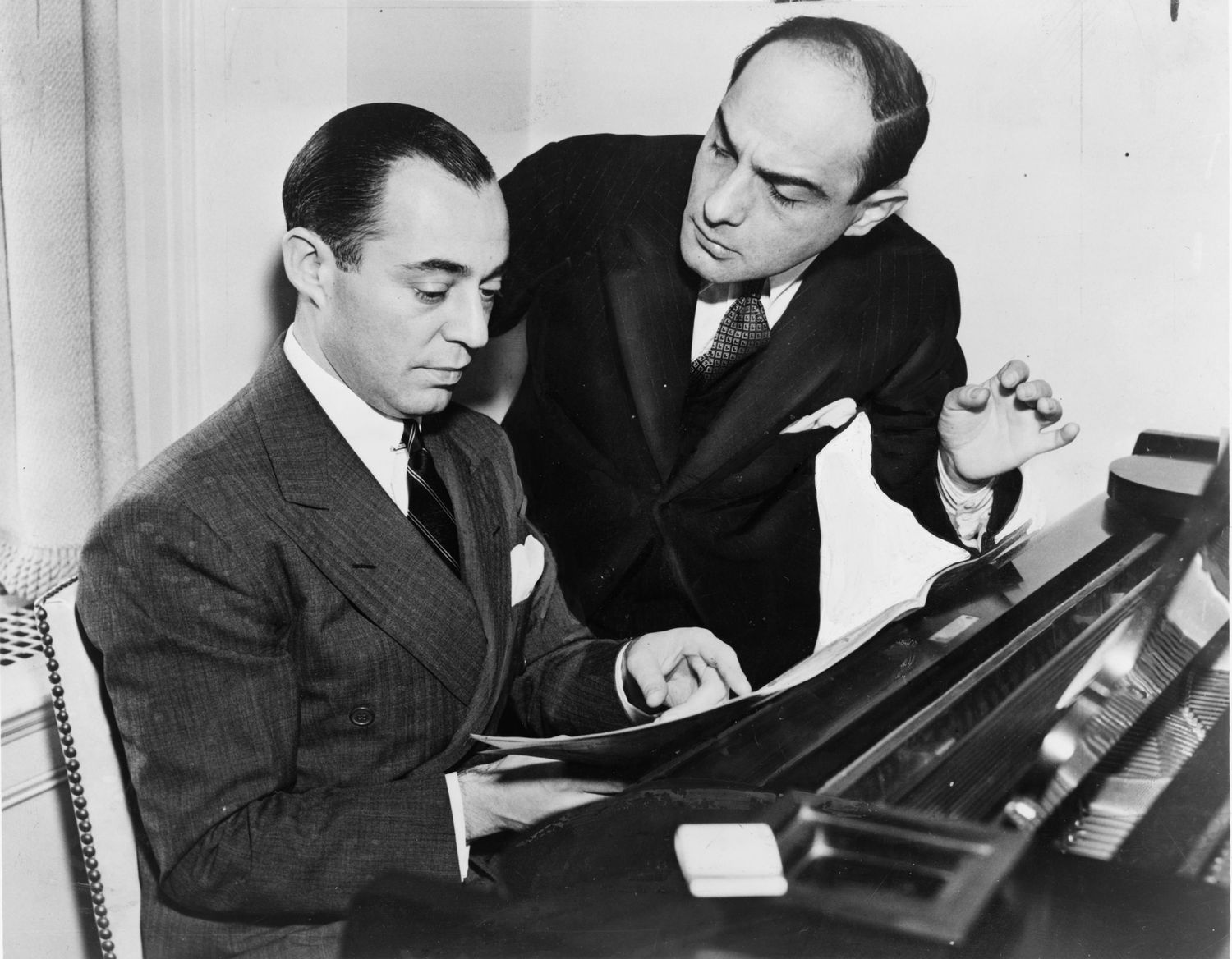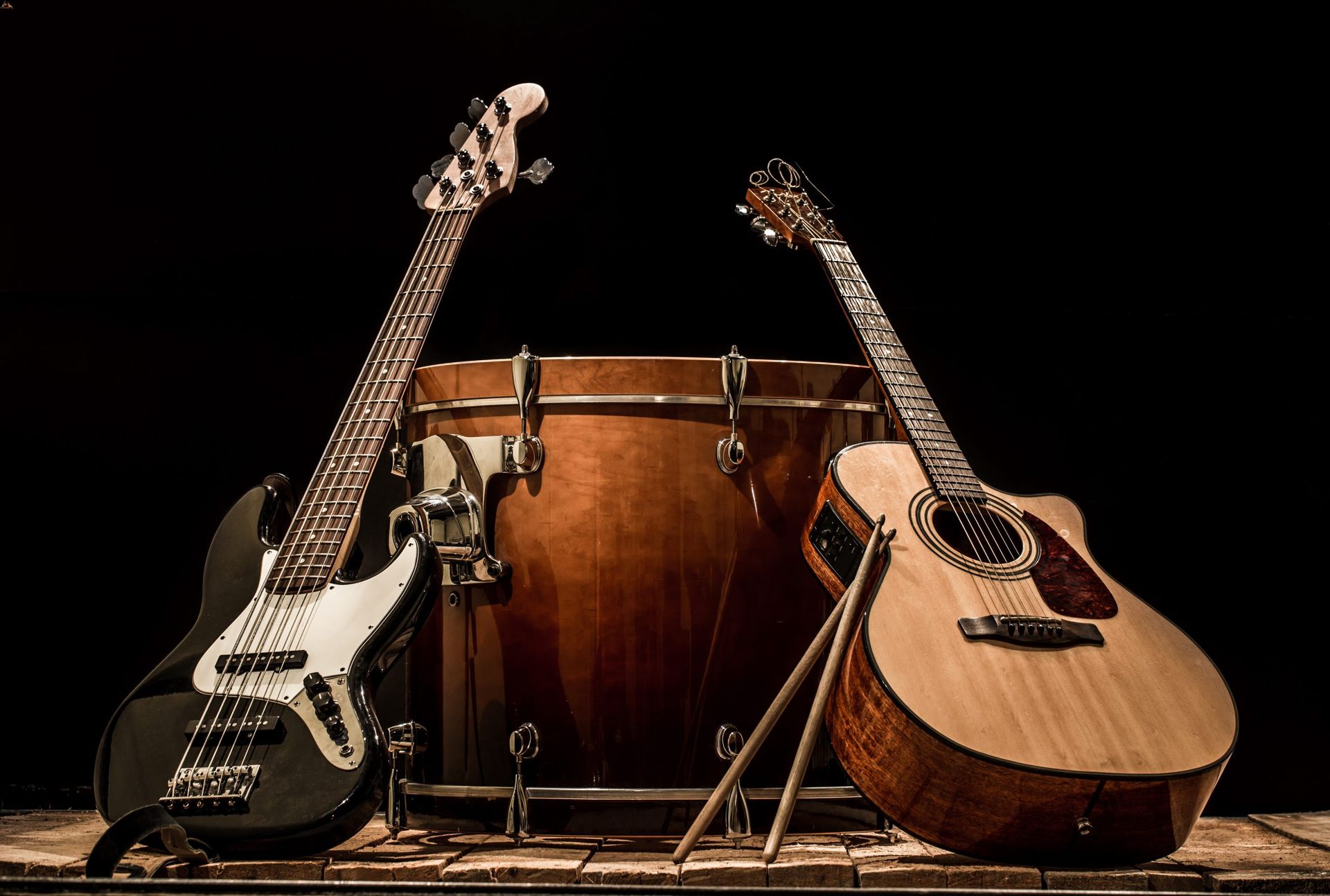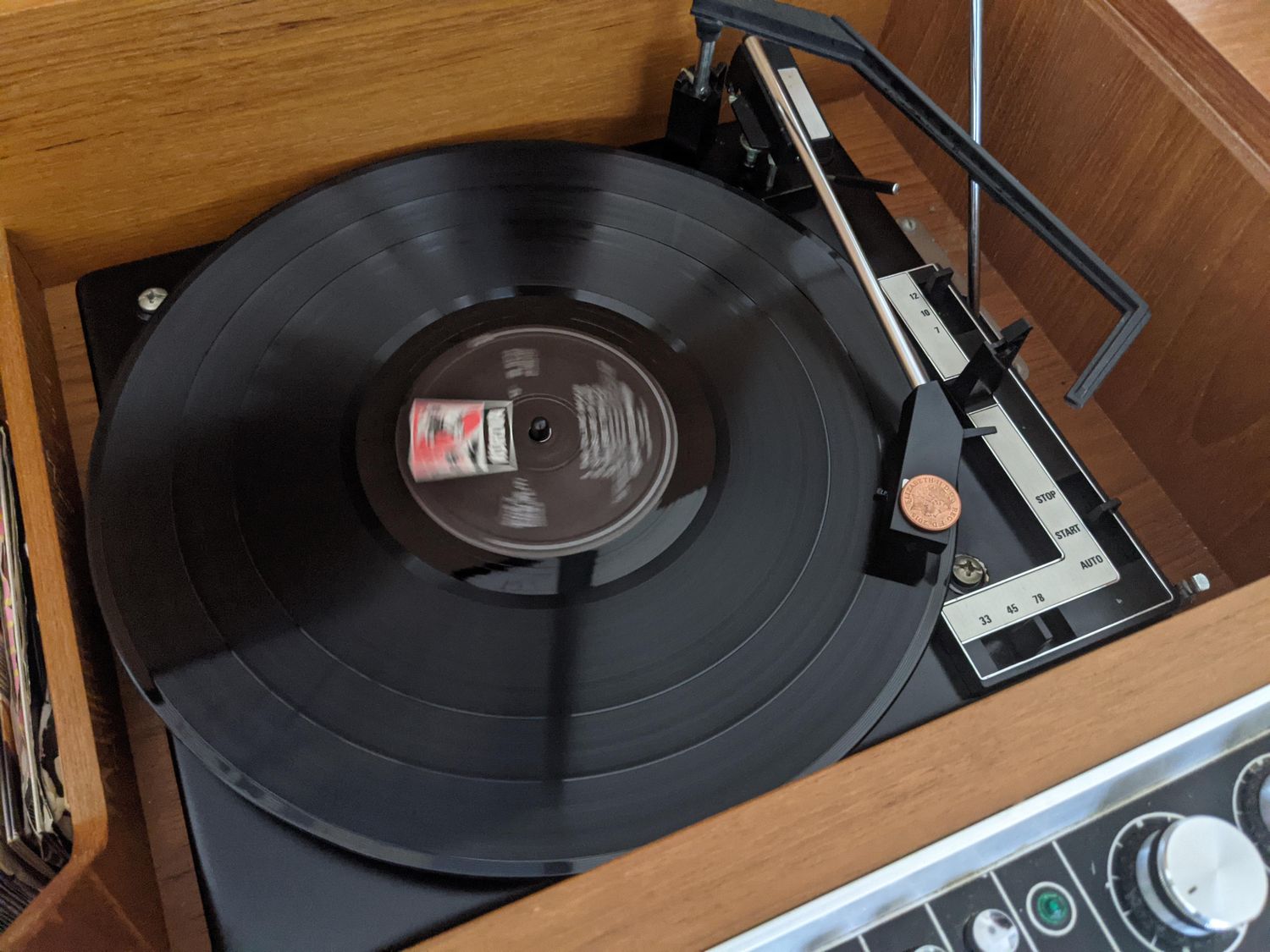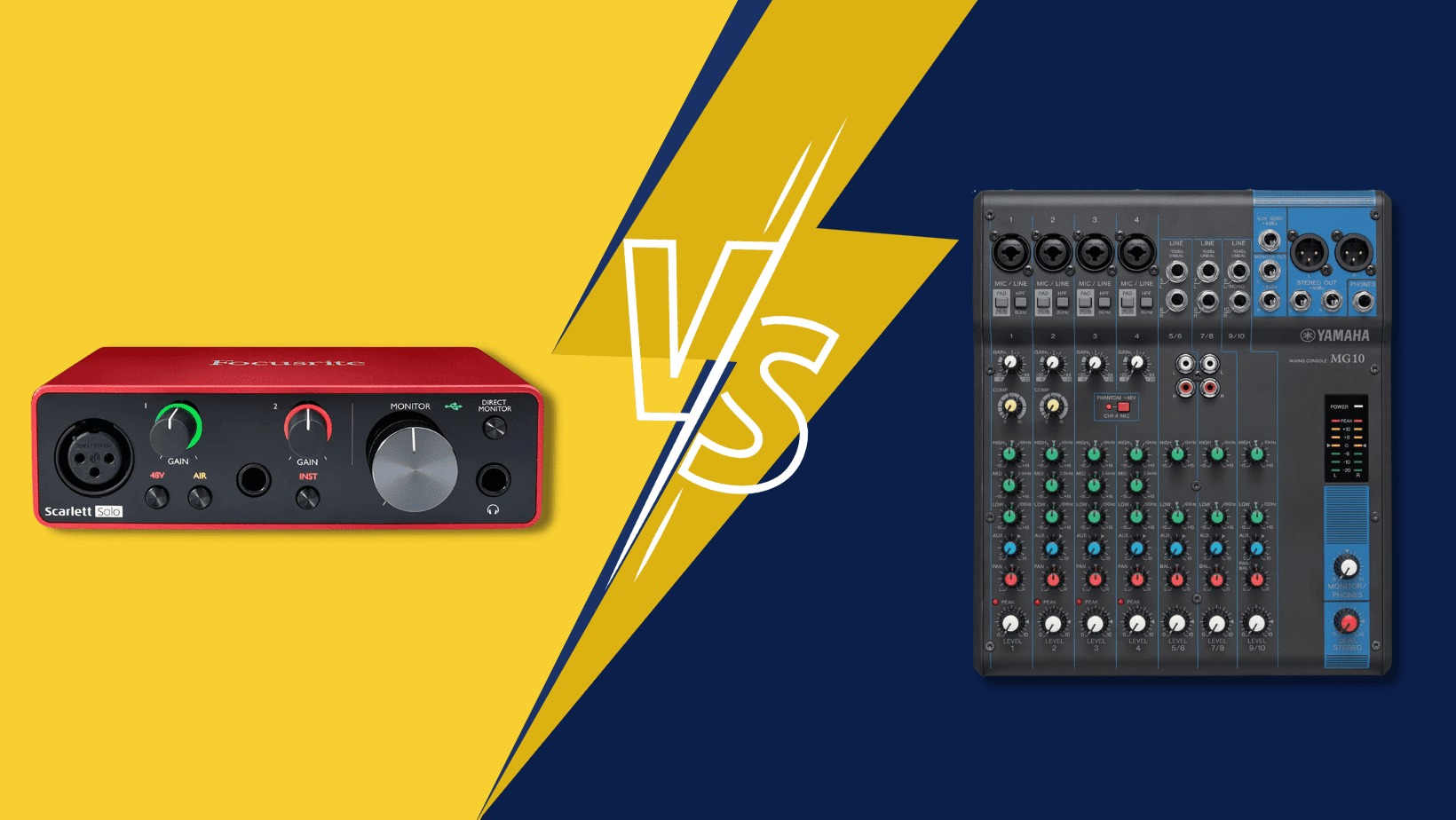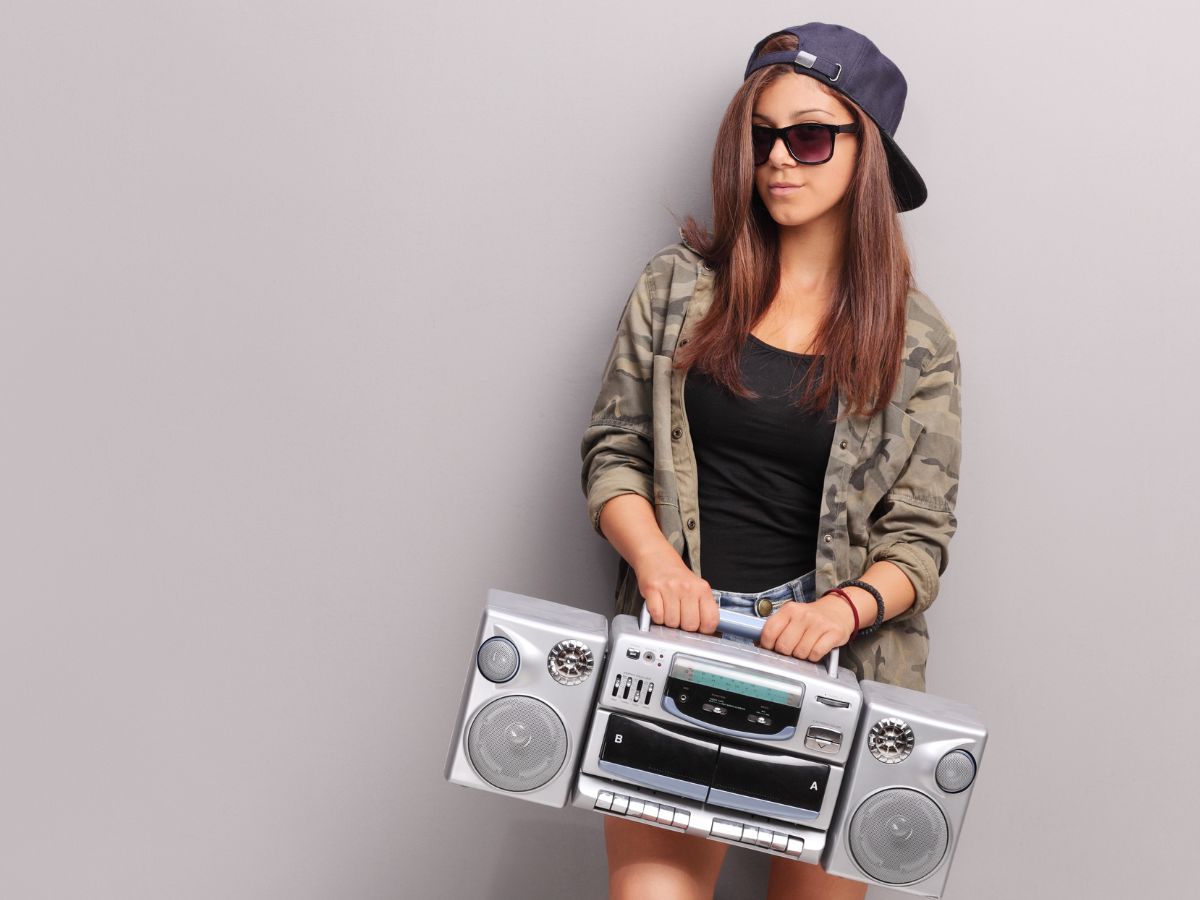Home>Devices & Equipment>Turntable>What Is The Difference Between A Record Player And A Turntable
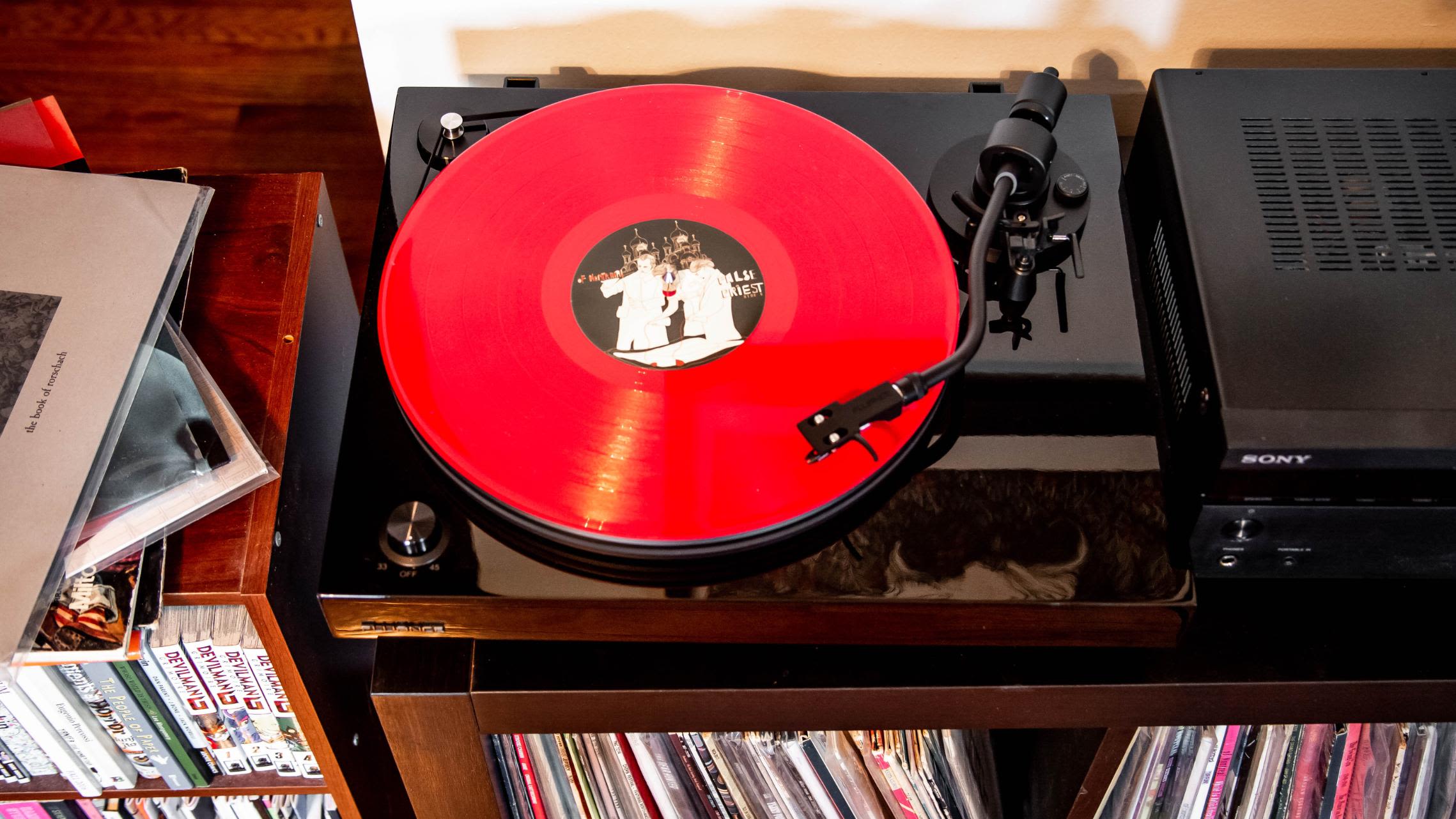

Turntable
What Is The Difference Between A Record Player And A Turntable
Published: January 19, 2024
Discover the key distinctions between a record player and a turntable, understanding their unique features and functionalities. Unlock the world of audio nostalgia with our comprehensive guide.
(Many of the links in this article redirect to a specific reviewed product. Your purchase of these products through affiliate links helps to generate commission for AudioLover.com, at no extra cost. Learn more)
Table of Contents
Introduction
When it comes to listening to vinyl records, you may have come across the terms “record player” and “turntable.” While they both serve the purpose of playing vinyl records, there are some key differences between the two. Understanding these differences can help you make an informed decision when it comes to choosing the right equipment for your listening pleasure.
A record player, also known as a phonograph, is an all-in-one audio system that includes a turntable, amplifier, and speakers. It is designed to be a complete package that allows you to play vinyl records without the need for additional components. Record players are typically more compact and portable, making them a popular choice for casual listeners or those who have limited space.
A turntable, on the other hand, refers specifically to the component that spins the vinyl record. It is a standalone device that requires additional equipment, such as an amplifier and speakers, to produce sound. Turntables are often favored by audiophiles and music enthusiasts who prioritize high-quality sound and customization options. They offer more flexibility and room for upgrades, allowing you to build a personalized audio setup according to your preferences.
In this article, we will delve deeper into the differences between a record player and a turntable. We will explore their key features, compare their sound quality, and highlight their similarities and differences. Whether you are a casual listener or a devoted audiophile, this guide will help you understand the nuances between these two popular options for playing vinyl records.
Definition of a Record Player
A record player, also commonly known as a phonograph, is an all-in-one audio system that combines the main components needed to play vinyl records. It consists of a turntable, amplifier, and speakers, all integrated into a single unit. The turntable is the core component of a record player, responsible for spinning the vinyl record at a precise speed.
Record players were first introduced in the late 19th century and quickly became popular for playing gramophone records. These early record players used mechanical methods to reproduce sound, with a stylus (needle) attached to a tonearm that would be placed on the record’s grooves. As the record spun, the stylus would pick up the vibrations from the grooves, which would then be amplified and played through the built-in speakers.
Modern record players have evolved significantly from their early versions. They now often incorporate advanced features such as USB outputs for digitizing vinyl records, Bluetooth connectivity for wireless audio streaming, and built-in preamps for direct connections to external audio devices. Many record players also offer options to adjust the tracking force and anti-skating settings for precise playback.
Record players are typically designed for convenience and ease of use. They are usually compact and portable, making them suitable for various settings such as living rooms, dorm rooms, and small apartments. Additionally, since record players come as complete systems, they are relatively straightforward to set up and require minimal additional equipment.
Record players appeal to casual listeners who enjoy the tactile experience of vinyl records without the need for extensive customization or high-end audio equipment. They are a convenient option for those who want to quickly and easily enjoy their vinyl collection with minimal hassle.
Definition of a Turntable
A turntable is a standalone device that is specifically designed for playing vinyl records. Unlike a record player, a turntable does not incorporate built-in amplifiers or speakers. Instead, it focuses solely on the spinning mechanism and tonearm, which holds the stylus (needle) that reads the record’s grooves.
Turntables have a long history and have been a staple in the world of audio for decades. They were first introduced in the early 20th century and have remained a popular choice among audiophiles and music enthusiasts. Many vinyl enthusiasts argue that turntables offer superior sound quality and the opportunity for more customization compared to record players.
The primary function of a turntable is to rotate the vinyl record at a precisely controlled speed. This ensures accurate playback and prevents any distortion or skipping. The turntable usually features adjustable speed settings, allowing the user to select between 33 1/3, 45, or even 78 revolutions per minute (RPM) depending on the format of the record being played.
In addition to the spinning mechanism, a turntable includes a tonearm that holds the stylus. The tonearm’s primary function is to position the stylus correctly on the record’s grooves and track the audio information accurately. High-quality turntables often feature adjustable tracking force and anti-skate settings to optimize the stylus’s performance and ensure precise playback.
One of the significant advantages of a turntable is its modularity. Since it does not include built-in speakers or amplifiers, users have the freedom to choose the external components that best suit their preferences and budget. This allows for customization and upgrades, enabling audiophiles to create their ideal audio setup.
Due to the separate components required, setting up a turntable may be more involved compared to a record player. It typically involves connecting the turntable to an amplifier or receiver, which then connects to speakers or headphones. The additional equipment required for a turntable can vary depending on individual preferences and budget.
Overall, turntables are favored by music enthusiasts who value the highest possible sound quality and appreciate the flexibility for customization. They offer a more immersive and customizable listening experience, allowing users to tailor their audio setup to their specific preferences, whether it be for casual listening or critical listening sessions.
Key Features of a Record Player
Record players, also known as phonographs, are popular among casual listeners and those seeking a convenient all-in-one solution for playing vinyl records. Here are some key features that make record players stand out:
- All-in-One Design: A record player combines the essential components needed to play vinyl records, including a turntable, amplifier, and speakers, all integrated into a single unit. This design makes record players compact and portable, ideal for small spaces or on-the-go listening.
- Easy Setup: Record players are designed to be user-friendly and require minimal setup. They come preassembled, so you can start playing your vinyl collection right out of the box. Simply plug in the power cord, place a record on the turntable, and press play.
- Built-In Amplifier and Speakers: One of the advantages of record players is that they have a built-in amplifier and speakers, eliminating the need for additional equipment. This makes them a convenient option for those who want a hassle-free listening experience without the need for a separate audio system.
- Portability: Record players are often compact and lightweight, making them easily transportable. Whether you want to bring your record player to a friend’s house for a music night or enjoy vinyl records while traveling, the portable nature of record players allows for flexibility in usage.
- Convenience: With a record player, everything you need to play vinyl records is in one device. You don’t have to worry about selecting and connecting separate turntables, amplifiers, and speakers. This simplicity makes record players an attractive option for those who value convenience and ease of use.
While record players offer convenience and simplicity, it’s worth noting that their all-in-one design may limit customization options. Audiophiles who desire the highest sound quality and the ability to fine-tune their audio setup may prefer a more modular approach with a dedicated turntable and separate audio components. However, for casual listeners or those with limited space, the key features of a record player make it a convenient and user-friendly choice for playing vinyl records.
Key Features of a Turntable
Turntables are highly regarded by audiophiles and music enthusiasts who prioritize sound quality and customization. Here are some key features that make turntables stand out:
- Precision Playback: Turntables are designed to provide precise playback of vinyl records. They have adjustable speed settings, typically including 33 1/3, 45, and sometimes even 78 RPM, allowing for accurate playback of various record formats. This ensures that the music is reproduced as intended by the artist.
- Modularity: Unlike record players, turntables don’t come with built-in amplifiers or speakers. This modularity gives users the freedom to select and upgrade external components, such as amplifiers, preamps, and speakers, according to their preferences and budget. It allows for a customizable audio setup and the opportunity to achieve higher sound quality through careful component selection.
- Elevated Sound Quality: Turntables are known for their exceptional sound quality. They are designed to minimize vibrations and provide accurate reproduction of the audio signal stored on vinyl records. Higher-end turntables often feature premium components, including high-quality tonearms and cartridges, leading to a more precise and detailed listening experience.
- Customizability: Turntables offer a range of customization options to tailor the listening experience to individual preferences. This includes adjustable tracking force and anti-skate settings, which allow for precise calibration of the stylus to optimize playback quality. Users can also upgrade components, such as cartridges and tonearms, to further refine and personalize their audio setup.
- Longevity: Turntables are built to last. They are often constructed with high-quality materials and exhibit superior craftsmanship, making them durable and reliable. With proper maintenance and care, a well-built turntable can provide years of enjoyment and retain its value over time.
While turntables offer superior sound quality and customization options, it’s important to note that they require additional equipment for proper setup. This can include amplifiers, preamps, speakers, and other audio components. Settting up a turntable may involve more time and effort compared to a record player. However, for those who crave the highest quality audio and appreciate the ability to customize their setup, the key features of a turntable make it an ideal choice for enjoying vinyl records.
Comparison of Sound Quality
When it comes to sound quality, the difference between a record player and a turntable can be significant. While both can deliver enjoyable audio experiences, there are certain factors to consider in terms of sound reproduction.
Record players, with their built-in amplifiers and speakers, are designed to provide a convenient and accessible listening experience. The audio signal from the vinyl record is amplified and played through the integrated speakers, resulting in a sound that is suitable for casual listening. While record players can reproduce the warmth and distinct vinyl sound, the built-in components may not offer the same level of clarity and detail that a separate audio system can provide. This is due to the limitations of space and cost considerations of an all-in-one design.
In contrast, turntables offer a more customizable approach to sound reproduction. As standalone devices, turntables allow for the use of dedicated amplifiers and high-quality speakers, which can significantly enhance the sound quality. With a carefully selected setup, turntables can provide a more faithful and precise reproduction of the music on vinyl records. Audiophiles often appreciate the level of detail and dynamics that a well-designed turntable system can offer.
The sound quality of a turntable can be further influenced by various factors such as the quality of the cartridge, stylus, tonearm, and even the vinyl record itself. These components play a crucial role in capturing and reproducing the nuances of the music, resulting in a more immersive and satisfying listening experience. However, it is important to note that achieving optimal sound quality with a turntable requires careful consideration of component matching and setup calibration.
Overall, choosing between a record player and a turntable in terms of sound quality depends on individual preferences and priorities. If convenience and ease of use are the main factors, a record player can provide a satisfactory listening experience. However, for those who value higher sound quality and have the desire to finely tune their audio setup, investing in a dedicated turntable system is often the preferred choice.
Similarities between a Record Player and a Turntable
Although there are notable differences between record players and turntables, there are also several similarities that tie them together as they both serve the purpose of playing vinyl records. Here are some key similarities:
- Vinyl Record Playback: Both record players and turntables are designed to play vinyl records. They have a rotating platter on which the record is placed, and a stylus (needle) that reads the grooves of the record to produce sound.
- Analog Sound: Both record players and turntables provide an analog sound experience. As the stylus tracks the grooves on the vinyl record, it retrieves the audio signal encoded in the physical medium, resulting in a warm, rich, and distinct sound characteristic of vinyl records.
- Retro Aesthetic: Both record players and turntables evoke a sense of nostalgia and offer a retro aesthetic. They can be visually appealing and can serve as a centerpiece in a room, adding a touch of vintage charm.
- Physical Interaction: Both record players and turntables allow for a hands-on, tactile experience. With record players, you simply place the record on the platter and press play. Turntables require a bit more involvement, manually placing and removing the stylus on the record. This physical interaction adds to the overall enjoyment of playing vinyl records.
- Format Compatibility: Both record players and turntables can play various vinyl record formats, including 7-inch, 10-inch, and 12-inch records. They typically offer adjustable speed settings to accommodate different record sizes and speeds.
Despite their differences, these shared characteristics highlight the fundamental purpose of both record players and turntables – to bring the unique sound and experience of vinyl records into the homes of music enthusiasts.
Differences between a Record Player and a Turntable
While record players and turntables share similarities in their core function of playing vinyl records, there are several key differences that set them apart. These differences can influence factors such as sound quality, customization options, and overall user experience. Here are the main distinctions between a record player and a turntable:
- Functionality: A record player is an all-in-one system that includes a turntable, amplifier, and speakers within a single unit. It is designed for convenience and ease of use, with simple plug-and-play functionality. On the other hand, a turntable is a standalone device that requires additional components, such as an amplifier and speakers, for sound reproduction.
- Customizability: Record players have limited customization options since the components, such as the amplifier and speakers, are integrated into the unit. Conversely, turntables offer more flexibility for customization, allowing users to choose separate components that suit their preferences and budget. This enables audiophiles to create a personalized audio setup and potentially achieve higher sound quality.
- Sound Quality: While both record players and turntables can deliver enjoyable sound experiences, turntables generally have the potential for higher sound quality. Dedicated turntable systems often prioritize sound reproduction and offer the ability to fine-tune components such as cartridges and tonearms. This can result in a more accurate, detailed, and dynamic audio reproduction compared to record players.
- Portability: Record players are typically more portable and compact than turntables since they are designed to be an all-in-one solution. They are convenient for moving around the house or taking to different locations. Turntables, on the other hand, are standalone devices that often require a more permanent setup due to the additional components involved.
- Setup Complexity: Record players offer a straightforward setup process as they come preassembled with all the necessary components. Users only need to plug in the power cord and start playing records. Turntables, while not necessarily difficult to set up, require connecting additional components, such as an amplifier and speakers, which may involve more time and effort.
It is important to consider these differences when choosing between a record player and a turntable. If convenience and simplicity are prioritized, a record player may be the preferred choice. On the other hand, if sound quality, customization options, and potential for upgrades are essential, a turntable offers greater flexibility for a personalized and high-quality listening experience.
Conclusion
When it comes to choosing between a record player and a turntable, it ultimately depends on your individual preferences, priorities, and listening habits. Both options offer unique advantages and cater to different needs.
If convenience, portability, and a simplified setup are important to you, a record player might be the ideal choice. Record players provide an all-in-one solution, with a built-in amplifier and speakers, making them perfect for casual listeners or those with limited space. They offer a convenient and accessible way to enjoy vinyl records without the need for additional components or complex setup procedures.
However, if you are an audiophile or a music enthusiast who values the highest sound quality, customization options, and potential for upgrades, a turntable would be the preferred option. Turntables allow for a more personalized audio experience, enabling you to select and upgrade separate components such as amplifiers, preamps, and speakers. With careful setup and component selection, turntables can offer superior sound reproduction, capturing the nuances and details of vinyl records.
It’s important to consider factors like sound quality, modularity, convenience, and setup complexity when making your decision. Assess your needs, preferences, and budget to determine which option aligns best with your goals and expectations.
Whether you choose a record player or a turntable, both provide a gateway to the captivating world of vinyl records. They offer a unique and immersive listening experience that many music enthusiasts appreciate. So, dive into the realm of vinyl and enjoy the warm, nostalgic sound that only vinyl can offer, whether you opt for a record player’s simplicity or the versatility of a turntable and a customized audio setup.

